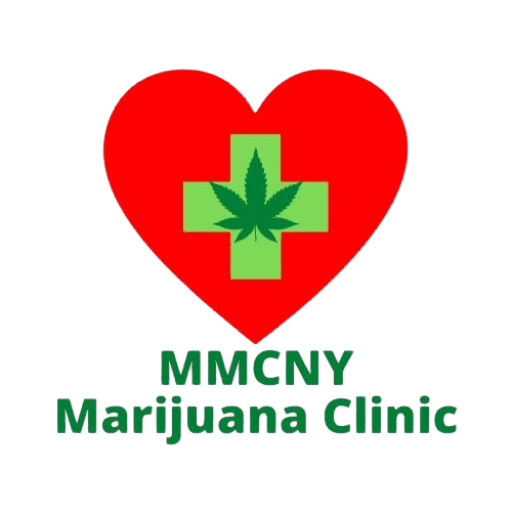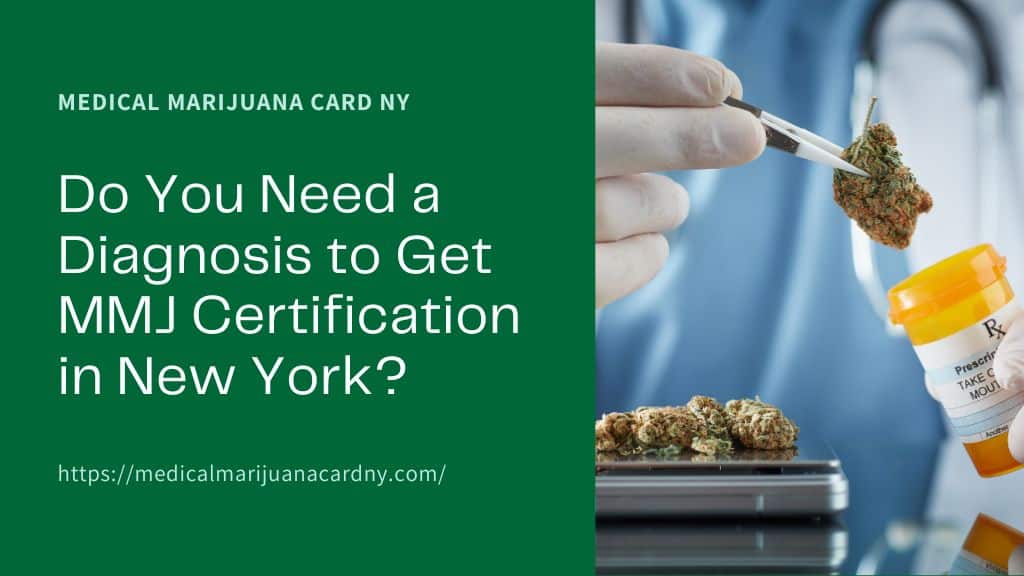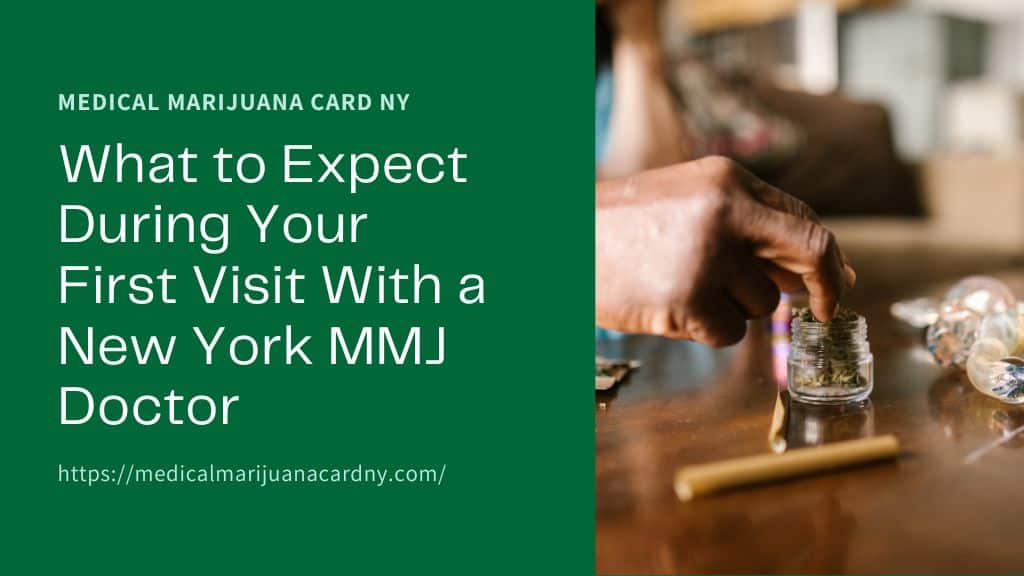In the dynamic world of healthcare, understanding the various methods of administration for therapeutic compounds is essential for optimizing treatment outcomes. Each method, from topical applications to oral ingestion, offers distinct advantages and influences the efficacy, onset, and duration of the medication’s effects.
Tailoring the administration method to the patient’s specific needs and conditions can significantly enhance therapeutic effectiveness and patient satisfaction. This exploration into the methods of administration aims to shed light on the nuances of each approach, providing valuable insights for patients, caregivers, and healthcare professionals alike.
By delving into the mechanisms, peak effects, and durations associated with different administration routes, we empower informed decision-making in treatment plans.
Table of Contents
ToggleTopical Administration: Relief at the Surface
Topical administration involves applying medications directly to the skin in the form of creams, lotions, or patches. This method is particularly effective for localized pain, inflammation, and skin conditions, offering targeted relief without systemic effects.
- Peak Effect: Approximately 1 hour
- Duration: 3-4 hours
- Administration: Directly to the affected area
Topicals work by penetrating the skin to deliver active ingredients to the affected area, providing relief without significant absorption into the bloodstream. This makes them an ideal choice for patients seeking localized effects without the psychoactive effects associated with other methods.
Sublingual Administration: Swift and Efficient
Sublingual administration involves placing the medication under the tongue, where it’s quickly absorbed into the bloodstream through the mucosal membranes. This method is favored for its rapid onset and ease of use.
- Peak Effect: 15 minutes
- Duration: 6-8 hours
- Administration: Under the tongue
Sublingual forms, such as tinctures and lozenges, are effective for managing conditions requiring fast relief, such as anxiety or breakthrough pain. The quick absorption bypasses the digestive system, providing an expedited therapeutic effect.
Oral Administration: The Path Through Digestion
Oral administration, one of the most common methods, involves ingesting medications through the mouth. This method is metabolized by the liver, transforming THC into a more potent form, providing a longer-lasting and more intense effect.
- Peak Effect: 2-6 hours
- Duration: 4-12 hours
- Administration: Oral ingestion
Oral forms, including capsules, edibles, and oils, are suitable for chronic conditions requiring prolonged relief. The delayed onset and extended duration make it a preferred choice for managing conditions like chronic pain and sleep disorders.
Vaporizing Administration: Rapid Relief Through Inhalation
Vaporizing, a method of inhalation, offers immediate effects by delivering active ingredients directly to the bloodstream from the lungs. This method is distinguished by its rapid onset and short duration, making it ideal for acute symptoms.
- Peak Effect: 15-30 minutes
- Duration: 2-3 hours
- Administration: Inhalation
Vaporizers heat the product to release its active compounds without combustion, reducing the risk of harmful byproducts. This method is favored for its efficiency and is commonly used for conditions requiring quick symptom relief.
Choosing the Right Method
Selecting the optimal method of administration for therapeutic compounds is a nuanced decision that significantly influences treatment outcomes. This choice hinges on several key factors, including the specific condition being treated, the desired speed and duration of the medication’s effects, and individual patient preferences. For instance, topical applications are best suited for localized issues, offering targeted relief, whereas systemic conditions might benefit more from oral or sublingual routes for broader impact.
The urgency of symptom relief and how long the effects need to last also guide this decision. Quick relief for acute symptoms might be best achieved through inhalation, providing fast action, whereas oral methods, with their slower onset but longer-lasting effects, are ideal for chronic condition management.
Patient lifestyle and preferences are equally important. The method’s convenience, ease of use, and discretion can affect adherence to treatment plans. Open communication with healthcare providers is crucial, as they can tailor advice based on the patient’s health history and treatment objectives, ensuring the chosen method aligns with their needs and lifestyle.
Consultation with Healthcare Providers
It is essential for patients to engage in open discussions with their healthcare providers about their specific needs, concerns, and preferences. Healthcare professionals can offer valuable insights into the advantages and limitations of each method, considering the patient’s medical history, current condition, and treatment goals.
Conclusion
Navigating the methods of administration for therapeutic compounds is a cornerstone of personalized medicine. As we’ve explored, each method presents unique characteristics that can be leveraged to improve patient care. Understanding these options allows for tailored treatment strategies that align with individual patient needs, enhancing both efficacy and experience.
The future of healthcare continues to evolve towards more personalized approaches, emphasizing the importance of informed choices in the methods of administration. As patients and healthcare providers collaborate, the selection of the most appropriate administration route becomes a key factor in achieving optimal therapeutic outcomes, marking a significant step forward in the journey towards personalized healthcare solutions.





